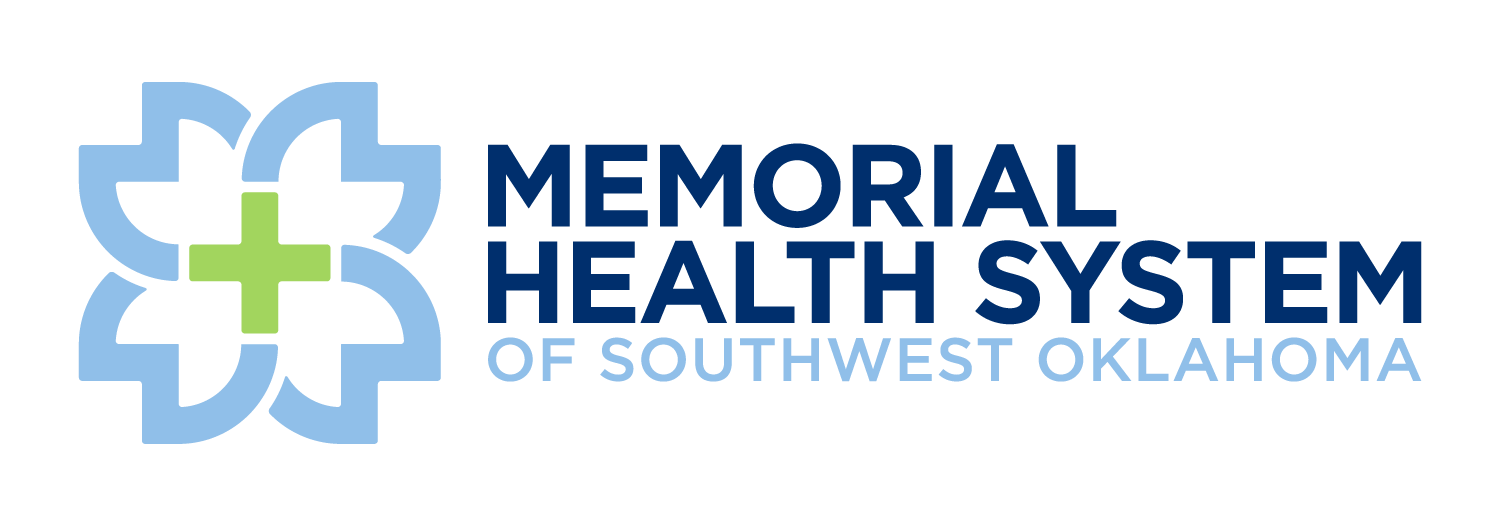Comanche County Memorial Hospital is proud to announce the roll out of a new program designed to improve patient care – The Telesitter Program.
In many medical circumstances, clinicians and caregivers may choose not to leave a patient alone. For example, a patient may present a fall risk, experience confusion and agitation, or be at risk of self-harm. Traditionally, in such situations, a hospital assigns the patient a sitter, or a caregiver who provides patient supervision and companionship.
The need for sitters in hospital settings is rising, as patient loads increase and fewer patients have family members who are able to stay with them for long periods of time. Sitters are also a considerable investment for hospitals; one community hospital reported employing 14 sitters a day, totaling $425,000 in costs annually. Many healthcare networks are exploring the possibility of TeleSitters, or virtual monitoring systems to support patient care.
What are TeleSitters?
TeleSitters describe a new class of clinical monitoring technologies that track patient activity and notify staff of any concerns or emergency situations. Most TeleSitters are portable camera units mounted on rolling IV-like poles that provide live video and auditory feeds from the patients’ rooms. On the backend, they operate as closed-circuit camera networks, where a clinical technician monitors video feeds of 12-57 patients at a time. If a technician notices something astray in a patient room, they can broadcast a message to the patient room and notify the staff. One hospital reported that its average staff response time after a TeleSitter alert is 15.1 seconds. Source: blog.petrieflom.law.harvard.edu

